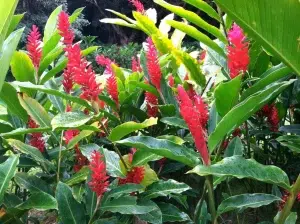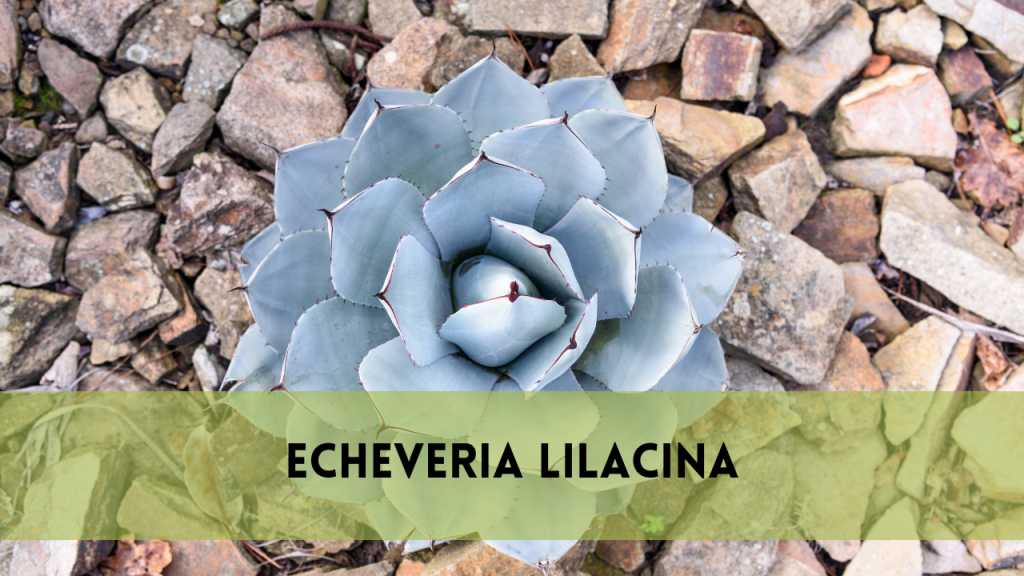Awapuhi Plant Benefits
Welcome to Arborist Heights, where we delve deeply into the fascinating world of plants and reveal their secrets to you. Today, we will learn about the Awapuhi plant, a botanical wonder with a long history and multiple advantages. Whether you are an experienced gardener or starting, this article will teach you everything you need to know about Awapuhi.
What is an Awapuhi Plant?
The Awapuhi plant, technically known as Zingiber zerumbet, belongs to the ginger family. This perennial herb, native to tropical Asia and the Pacific Islands, has long been prized for its distinctive characteristics and applications. The term “Awapuhi” is derived from Hawaiian, where the plant has cultural importance and is commonly utilized in traditional medicine and rituals.
Features of the Awapuhi Plant
Awapuhi is a visually appealing plant that may provide a unique touch to any environment. It usually grows three feet tall, with long, narrow leaves that are bright green and scented. The Awapuhi’s most distinguishing feature is its cone-shaped inflorescence, which begins as a green spike and grows into a vivid crimson or pink cone. These cones contain a fragrant, milky nectar highly valued for its medicinal and cosmetic benefits.
Guide for growing Awapuhi
Climate and soil requirements
To properly grow Awapuhi, it is necessary to replicate its original tropical climate. The plant thrives in warm, humid environments and loves partial shade. Awapuhi should be planted in well-drained, organically rich soil. If you reside in a cooler climate, consider growing the plant in a container that can be brought within during the winter.
Planting and Propagation
Awapuhi can be propagated via rhizome division. Begin by picking a healthy rhizome that has multiple growing buds. Plant the rhizome horizontally and roughly two inches deep in the soil. Water the plant regularly to keep the soil moist but not waterlogged. With careful care, new shoots will appear in a few weeks, and you’ll soon have a healthy Awapuhi plant.
Watering and Fertilizing
Awapuhi requires constant rainfall, particularly throughout the growth season. Water the plant thoroughly, but avoid letting it sit in wet soil, which might cause root rot. To ensure healthy development, use a balanced fertilizer every few months. Organic alternatives, such as compost or well-rotted manure, can also supply necessary nutrients.
Awapuhi: Uses and Benefits in Traditional Medicine
The Awapuhi plant has long been used in traditional medicine in various cultures. The milky sap produced from the cones is reported to have calming and therapeutic effects. It has been used to treat multiple conditions, such as skin irritations, burns, and stomach problems. In Hawaiian tradition, the sap is frequently applied to the scalp to stimulate healthy hair growth.
Cosmetic Applications
One of the most common uses of Awapuhi today is in the beauty sector. Because of its capacity to moisturize and strengthen hair, the plant’s extract is often used in shampoos and conditioners. The sap includes natural oils and chemicals that smooth the hair cuticle, minimize frizz, and increase shine. Brands such as Paul Mitchell have popularised Awapuhi-infused hair care products, which are now a household standard.
Culinary Uses
While uncommon, Awapuhi can be utilized in the kitchen. The plant’s young shoots and rhizomes are edible and can add flavor to various recipes. The taste is comparable to ginger but significantly milder. In some cultures, rhizomes are pickled or candied to create a distinctive culinary delight.
Care for Your Awapuhi Plant: Tips and Tricks
Pest and Disease Management
Awapuhi is relatively resistant to pests and diseases, but it is still vital to monitor for any problems. Aphids, spider mites, and mealybugs are some of the most common pests. Inspect your plant on a regular basis for symptoms of infestation and treat as needed with organic insecticidal soap. Proper air circulation and avoiding overwatering can also help prevent fungal illnesses such as root rot.
Pruning and Maintenance
Pruning your Awapuhi plant regularly can keep it healthy and appealing. Remove any dead or yellowed leaves to promote fresh growth. After the flowering season, trim the old flower spikes to make room for new ones. Regular maintenance will keep your plant lush and vibrant all year round.
Related Posts:
Overwintering
If you reside in a chilly climate, you should take precautions to protect your Awapuhi plant. Before the first frost, bring container-grown plants indoors to a bright, excellent spot. Reduce watering during the dormant season, but not let the soil dry completely. In the spring, the plant is gradually returned to outdoor environments.
FAQS
How long does it take for Awapuhi to flower?
Awapuhi flowers typically one to two years after planting, depending on the growing circumstances. Proper care and proper conditions can lead to earlier blossoming.
Can I cultivate awapuhi indoors?
Yes, Awapuhi may be cultivated indoors with adequate light and humidity. Place the plant near a bright window and wet the leaves regularly with a humidity tray.
Is Awapuhi safe for pets?
While Awapuhi is generally regarded as non-toxic, pets should not consume any portion of the plant to avoid gastrointestinal discomfort.
Conclusion
The Awapuhi plant is a natural wonder that provides beauty, adaptability, and a variety of advantages. Whether you want to add a tropical flair to your landscape, learn about natural cures, or improve your hair care routine, Awapuhi is a fantastic choice. At Arborist Heights, we are passionate about sharing our knowledge and assisting you with your gardening goals. Accept the charm of Awapuhi and reap the various benefits it gives.




